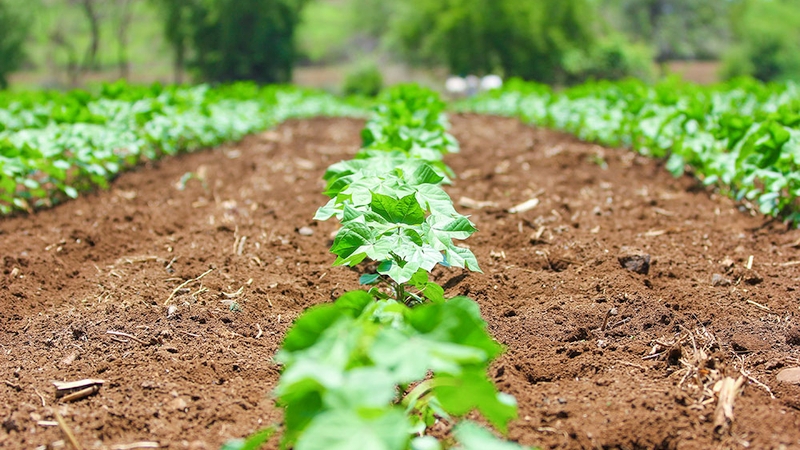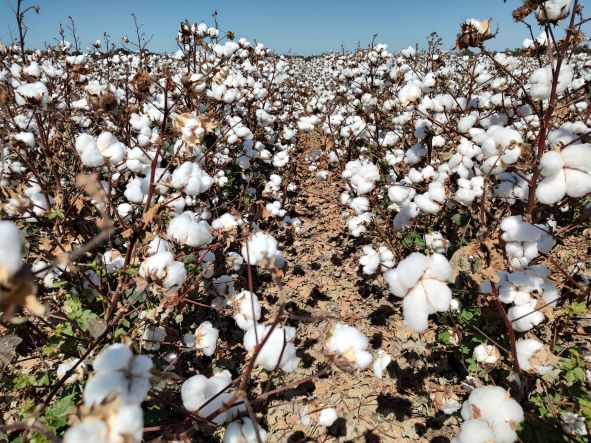The Past and Future of German Textiles
The German textile industry has mastered the far-reaching structural changes of the past few years very well. The economic situation in the sector has continued to improve since 2005. Today, the textile sector is a modern industry, strongly integrated into globalization. However, German textile suppliers were only able to survive the intensive price competition by using technical and business creativity. As a result of the continuing weak turnover in the majority of companies, many businesses have not been operating at full production capacity for years.
The manufacturers of technical textiles are largely independent of private consumption, and therefore the positive trend in turnover continues. They are, however, under increasing price pressure from commercial customers. Not all manufacturers are able to fall back on exports (which in the textile and clothing industry has increased for years) in order to balance out the weakened domestic turnover. As the intensity of competition can be described as high to very high throughout the textile and clothing sector, demand in the lower price bracket is mostly served by imported goods, whereby the relocation of production to less expensive foreign countries is to a large extent complete.
In contrast, German companies are unable to compete with low-wage countries in terms of labor costs and working conditions. Work intensive processes that are only feasible with capital input have therefore been gradually cut back in Germany and relocated abroad. The countries of Central and Eastern Europe, previously favored as production locations by many companies due to their low wage costs, have already lost a part of their competition advantage, not only before, but especially after their entry to the European Union. There is still a cost advantage for Central and Eastern European countries over their Western European neighbors, but this is continuing to decrease. In addition, companies based in the new EU countries increasingly have to contend with cost increases that, by their standards, are enormous.
An Unclear Future
Whereas 10 years ago more than half of the production value was manufactured in the form of materials and knitted goods for clothing production, today it is only just about one third. In contrast, house and home textiles were able to hold their share of total production relatively stable in previous years, also at almost one third. The production of technical textiles has risen dynamically for several years. The manufacturers of technical textiles were able to separate themselves from the general trend in the sector thanks to creativity and intensive research and development work. Thus this sector now accounts for 45% of the total production value of the industry and has good chances on the market in the coming years thanks to continually advancing developments, as well as new technologies and application possibilities. In contrast to this, the negative trend in the cotton textile industry has, at best, slowed down, and demand for cotton yarns and fabrics is likely to remain weak in 2009.
For the raw material cotton and the companies involved in its trade and consumption, the situation is predicted to remain extremely difficult in 2009. The gloomy feeling among consumers, which has been around for some time, strengthened by the fear of recession and a continually high inflation rate, will continue to influence the already difficult environment for the textile industry. The financial crisis and its side-effects mean that the German textile industry must brace itself for even harder times. A further unstable factor is the Euro/U.S. Dollar exchange rate. The price of the Euro against the Dollar is falling because of the worsening economic situation and the consequences of the financial crisis that are now emerging. It is therefore to be expected that cotton consumption in Europe, above all in the most important raw material consumer country, Italy, but also in Germany, will decrease further. For the first time, cotton consumption in Germany could fall below the 50,000 ton level in 2009. However, good opportunities do exist; to remain successful, the textile industry must continue to rely on specialization, quality products, flexibility and innovation.
Jan Wellman is Executive Director of Bremen Cotton Exchange.









